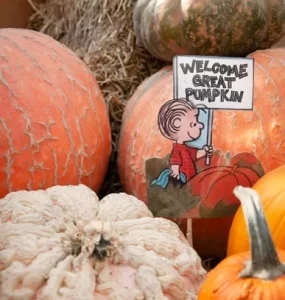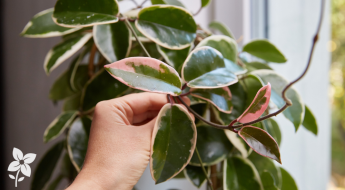
How to Grow the World’s Hottest Wild Pepper
By Rob Sproule
The Ghost
How to Grow Them
Why are they so HOT?
“A good spicy challenge strikes a balance between flavour and fear.”
– Adam Richman
The Ghost:
The 2007 Guinness Book of World Records cited the Ghost Pepper, aka Red Naga or Bhut jolokai, as the world’s hottest. It tipped the scales at over 1 million Scovilles (see below).
While it didn’t sit long on the capsicum-throne, being overthrown by the Infinity pepper the next year, it holds the singular honour of being the hottest, naturally occurring pepper. Those above it have been meticulously made in labs, and they get hotter as modern science allows.
The Scoville Scale (SCU), is how a pepper’s heat stacks up. It’s based on how concentrated capsicum (the agent of heat) is in the pepper. Here’s a comparison:
“¢ 0: Bell Peppers
“¢ 500: Banana Pepper
“¢ 5,000: Jalapeno
“¢ 40,000: Cayenne
“¢ 250,000: Habanero
“¢ 1,000,000: Ghost Pepper
“¢ 2,200,000: Carolina Reaper
“¢ 5,000,000: Pepper Spray
The Ghost hails from the mountainous Naga region of far Northeast India, bordering Myanmar. For centuries, local tribes used it for preservation in head-hunting and for local cooking. It stayed a regional secret until about 2000.
Want to start peppers from seed?
How To Grow Them:
It’s important that people take this pepper seriously. It’s not “let’s get a funny reaction” hot. It’s dangerous and needs to be handled with care, especially around children. The Indian Defense Ministry is planning to use Ghosts to make non-lethal hand grenades; that’s how hot it is.
The hottest peppers hail from deep, dark jungles, which makes growing them trickier than mild peppers. Ghosts need 3 months growing as close to 21 degrees as possible. They also need more humidity (ala the jungle) than our parching summers provide.
If you have a hot south exposure, grow them there. preferably close to your house to protect against June’s chilly nights. You can provide humidity by keeping them close to a water feature or provide a pebble tray (fill a tray full of pebbles and water which the container will sit on top of).
Once established, add a few inches of wood mulch to keep the soil consistently moist. Allowing it to dry out completely ensures a quick death.
Common sense growing tips, delivered to your mailbox
Why are they so HOT?:
When you’re rooted to the ground, you need to persuade others to walk for you. Peppers are brightly coloured for a reason. They’re advertising their tasty ripeness so foraging critters eat them up and poop out their seeds.
Hot peppers pose a riddle. Bright and beautiful, they seem like they want to be eaten, but no sane herbivore would take more than a nibble. A study released in 2001 uncovered that birds don’t taste capsicum like mammals do.
Birds can gobble up hot peppers, and their seeds, all day, and without competition. Moreover, because they move much faster than your average quadruped, the seeds are spread farther and wider. It’s a brilliant, complicated trick to ensure their species’ best possible chances of survival and expansion.















